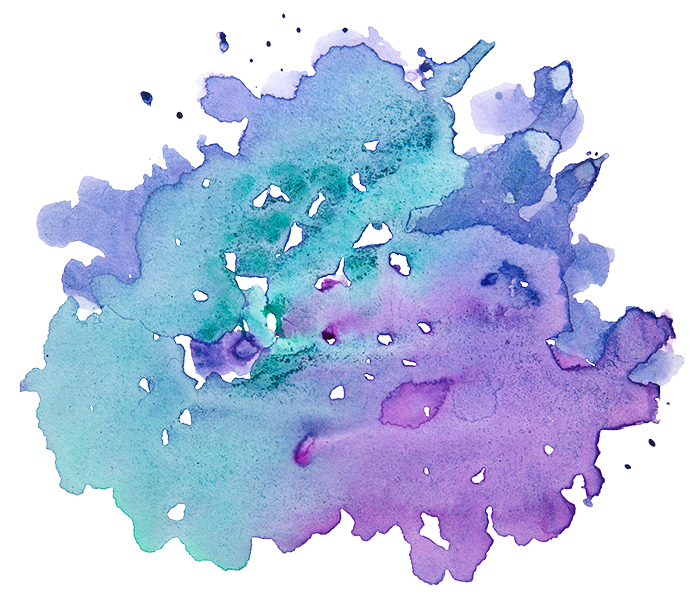By Gabriella Spitzer
You may have seen my earlier post asking for mikveh stories from queer/LGBT-identified people. Thank you for those of you who responded to my survey! I was doing research for my final project in my Thinking Sexuality class this past semester, and I am excited to share with you some of what I found.
I was inspired to do this project by my own experiences. I grew up in a household steeped in Jewish tradition and flavored by Jewish ritual. My family shares Jewish rituals from the blessings over the bread we break together each day to the candles we light and wine we drink each Friday night and the holidays we share across the year. I have grown to actively embrace Jewish ritual and all of the meaning and meshugas (craziness) it brings to my life. I have also grown into an identity as a queer and genderqueer young adult, and I value all of the meaning and meshugas that queerness brings to my life. But I have had a hard time finding Jewish ritual to meet my queer needs. To state the problem more broadly, once one—an individual or a community—moves beyond the question “can a queer Jew be religious?”, one finds precious little in response to the follow up questions of how a queer Jew should be religious, what Jewish rituals exists to celebrate queer life cycle events, and how existing Jewish rituals can be used to meet queer Jews’ needs.
One of the ways queer Jews are filling this gap is through the mikveh—and many of them credit Mayyim Hayyim for making a safe space for them to do so. One of the respondents to my survey shared how she went to the mikveh before coming out to her parents in high school. She wanted to wash away the feeling of being in the closet and lying to so many people. She told me that she felt totally comfortable coming to Mayyim Hayyim for this purpose, but other respondents to my survey were not so lucky to have a mikveh with such a safe environment. One woman described how she was told that she was not “really married” and should not return to her local mikveh. She drove forty five minutes to the next closest mikveh so that she could observe taharat hamishpacha (monthly immersion after menstruation). Other respondents really connected with outdoor mikvaot. One, a transman recovering from top surgery, was looking for a natural body of water to use as a mikveh as soon as his bandages were off to mark the transition.
The mikveh water is an interesting space because it embodies liminality. It is a tangible boundary point between not Jewish and Jewish, sexually off limits and sexually available, and pure and impure. It is also rich with symbolism and meaning, both to the individual and as part of two thousand-year-old traditions. It is these characteristics that make it so accessible to the queer community; there is a very deep connection between queerness and liminality. I found, through my research, that there is something special about the mikveh water that has allowed it to mark the intersection between so many Jewish and queer identities.
It has been a pleasure and a privilege to do this research. Thank you to everyone who shared with me or helped me along, and my project need not end here. Keep telling these stories, and adding your own, so that Jewish ritual creativity will grow and the Jewish community will be thereby strengthened.
Gabriella Spitzer is in the Barnard College class of 2013, an Environmental Science major, and interested in the ways people make rituals meaningful.

